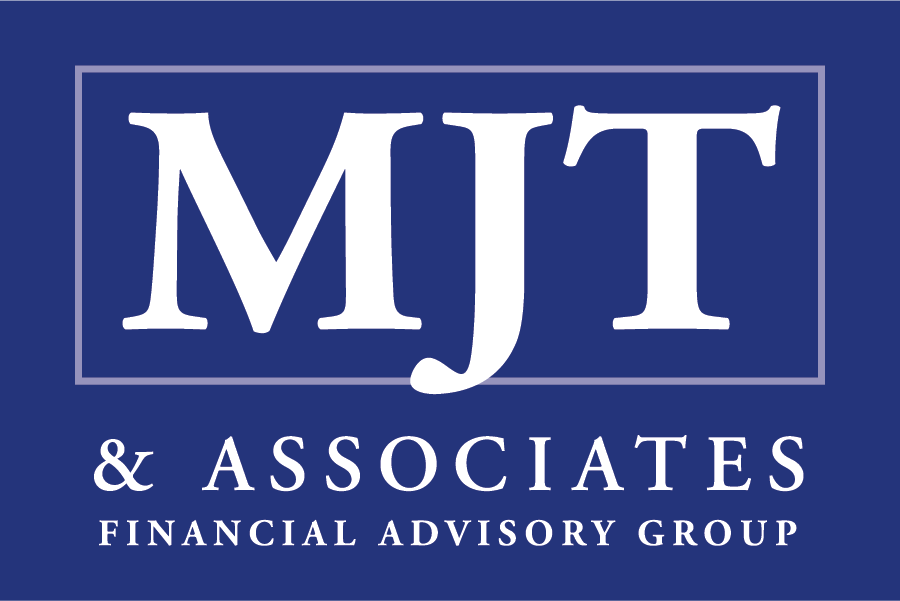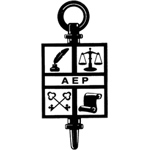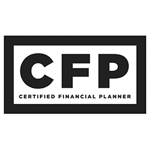Education is the key to success, and one way to unlock its power is through education savings accounts. But what exactly are education savings accounts, and how can they benefit you and your child? This comprehensive guide will provide you with a clear definition and walk you through everything you need to know.
In this guide, we'll cover the different types of education savings accounts available, including Coverdell Education Savings Accounts (ESA), 529 Plans, and ABLE accounts. We'll explain the eligibility requirements, contribution and withdrawal rules, and the potential tax advantages associated with each type.
Whether you're a parent preparing for your child's future education expenses or someone looking to save for your own educational pursuits, understanding education savings accounts is essential. Get ready to unlock the power of education savings accounts and take control of your educational goals.
What are education savings accounts (ESAs)
ESAs, are investment accounts specifically designed to help families save for educational expenses. These accounts allow you to contribute money that grows tax-free, enabling you to allocate funds for your child's education, from early childhood education to college and beyond.
ESAs come with a variety of benefits that make them an attractive option for saving for education. One of the key advantages is the flexibility they offer. Unlike other education savings options, such as 529 plans, ESAs can be used for a wide range of educational expenses, including tuition, books, supplies, and even certain extracurricular activities. This flexibility allows you to tailor your savings to meet your specific needs and goals.
Additionally, ESAs provide you with control over how the funds are invested. You have the ability to choose from a variety of investment options, including stocks, bonds, mutual funds, and more. This allows you to take advantage of potential market growth and maximize your savings over time.
Benefits of education savings accounts
There are several key benefits to utilizing education savings accounts for your educational expenses. First and foremost, ESAs offer tax advantages that can help you save even more money. Contributions to ESAs are made with after-tax dollars, meaning you won't have to pay taxes on the funds when you withdraw them for qualified educational expenses. Additionally, any growth on your investments within the ESA is tax-free, allowing your savings to compound over time.
Another advantage of ESAs is their flexibility. Unlike some other education savings options, ESAs can be used for a wide range of educational expenses, including tuition, books, supplies, and even certain extracurricular activities. This flexibility allows you to tailor your savings to meet your specific needs and goals.
Furthermore, education savings accounts provide you with control over how the funds are invested. You have the ability to choose from a variety of investment options, including stocks, bonds, mutual funds, and more. This allows you to take advantage of potential market growth and maximize your savings over time.
Different types of education savings accounts
There are several types of education savings accounts available, each with its own unique features and benefits. The most common types include Coverdell Education Savings Accounts (ESA), 529 Plans, and ABLE accounts.
Coverdell Education Savings Accounts (ESA) are accounts that allow families to save for educational expenses from elementary school through college. Contributions to a Coverdell ESA are limited to $2,000 per year per beneficiary, and the funds can be used for a variety of educational expenses, including tuition, books, supplies, and certain extracurricular activities.
529 Plans are another popular option for education savings. These plans are sponsored by states, state agencies, or educational institutions and offer tax advantages similar to ESAs. 529 Plans can be used for a wide range of educational expenses, including tuition, room and board, and even certain K-12 expenses. There are two types of 529 Plans: prepaid tuition plans and college savings plans.
ABLE accounts, on the other hand, are specifically designed for individuals with disabilities. These accounts allow individuals with disabilities to save for qualified disability expenses, including education. ABLE accounts offer tax advantages similar to ESAs and 529 Plans, making them an attractive option for families with special needs.
How to open an education savings account
Opening an education savings account is a relatively straightforward process. The first step is to determine which type of account is best suited for your needs and goals. Once you have decided on the type of account, you will need to research and choose a provider. Many financial institutions offer education savings accounts, so it's important to compare fees, investment options, and customer reviews before making a decision.
Once you have chosen a provider, you will need to complete an application and provide the necessary documentation, such as identification and proof of eligibility if required. The application process may vary depending on the type of account and provider, so it's important to carefully follow the instructions provided by your chosen provider.
After your application has been approved, you will need to fund your education savings account. This can typically be done through electronic transfer, check, or payroll deduction, depending on the options offered by your provider. It's important to regularly contribute to your education savings account to maximize its growth potential and ensure you are on track to meet your education savings goals.
Contribution limits and tax benefits of education savings accounts
Education savings accounts come with contribution limits that vary depending on the type of account. For example, Coverdell ESAs have an annual contribution limit of $2,000 per beneficiary, while 529 Plans typically have much higher contribution limits, often in the hundreds of thousands of dollars. ABLE accounts also have contribution limits, which are set by each state.
Contributions to education savings accounts are made with after-tax dollars, meaning you won't have to pay taxes on the funds when you withdraw them for qualified educational expenses. Additionally, any growth on your investments within the account is tax-free, allowing your savings to compound over time.
It's important to note that the tax benefits associated with education savings accounts may vary depending on your individual circumstances and the specific tax laws in your country or state. Consulting with a tax professional can help ensure you fully understand and take advantage of any available tax benefits.
Using education savings accounts for college expenses
One of the most common uses for education savings accounts is funding college expenses. Whether you are saving for your child's future education or your own, education savings accounts can be a valuable tool in helping to cover the costs of tuition, room and board, textbooks, and other college-related expenses.
When using an education savings account for college expenses, it's important to carefully consider the timing of withdrawals. While you can generally withdraw funds from an education savings account at any time, withdrawals that are not used for qualified educational expenses may be subject to taxes and penalties. To avoid unnecessary taxes and penalties, it's best to coordinate your withdrawals with the timing of your educational expenses.
Additionally, it's important to note that education savings accounts can be used for more than just traditional four-year college programs. They can also be used for trade schools, vocational programs, and even certain online courses. This flexibility allows you to tailor your education savings to meet your specific goals and interests.
Education savings accounts vs. 529 plans: Which is right for you
When it comes to saving for education, education savings accounts and 529 plans are two of the most popular options. While both offer tax advantages and can be used for a wide range of educational expenses, there are some key differences to consider when deciding which is right for you.
One of the main differences between education savings accounts and 529 plans is the contribution limits. Education savings accounts typically have lower contribution limits, such as the $2,000 limit for Coverdell ESAs, while 529 plans often have much higher limits, often in the hundreds of thousands of dollars. If you anticipate needing to save a significant amount of money for education, a 529 plan may be a better option.
Another difference to consider is the investment options available. Education savings accounts generally offer more flexibility when it comes to investment choices, allowing you to choose from a variety of options, including stocks, bonds, mutual funds, and more. 529 plans, on the other hand, typically offer a selection of predetermined investment portfolios.
It's also worth noting that some states offer tax incentives for contributing to their state-sponsored 529 plans. These incentives may include deductions or credits on state income taxes, making 529 plans an attractive option for residents of those states.
Ultimately, the choice between an education savings account and a 529 plan will depend on your individual circumstances, goals, and preferences. Consulting with a financial advisor can help you determine which option is best suited for your needs.
Common misconceptions about education savings accounts
Despite their numerous benefits, there are some common misconceptions about education savings accounts that may prevent individuals from taking advantage of these valuable tools. One common misconception is that education savings accounts can only be used for traditional four-year college programs. In reality, education savings accounts can be used for a wide range of educational expenses, including trade schools, vocational programs, and even certain online courses.
Another misconception is that education savings accounts are only beneficial for families with young children. While it's true that starting early can help maximize the growth potential of your savings, education savings accounts can be opened at any age and at any stage of your educational journey. Whether you're saving for your child's future education or your own, it's never too late to start utilizing an education savings account.
Lastly, some individuals may believe that education savings accounts are too complicated or not worth the effort. While it's true that there may be some administrative tasks involved in opening and managing an education savings account, the potential benefits far outweigh the effort required. With proper planning and guidance, education savings accounts can be a powerful tool in helping you achieve your educational goals.
Tips for maximizing the benefits of education savings accounts
To make the most of your education savings account, here are some tips to consider:
- Start early: The earlier you start saving, the more time your savings will have to grow. Even small contributions can make a big difference when given enough time to compound.
- Regularly contribute: Consistent contributions to your education savings account will help maximize its growth potential. Set up automatic contributions if possible to ensure you are consistently saving.
- Take advantage of tax benefits: Consult with a tax professional to fully understand and take advantage of any available tax benefits associated with education savings accounts.
- Choose the right investment options: Consider your risk tolerance and investment goals when choosing how to invest your education savings. Diversifying your investments can help mitigate risk and maximize potential growth.
- Stay informed: Keep up to date with changes in education savings account laws and regulations to ensure you are making the most informed decisions regarding your savings.
By following these tips, you can maximize the benefits of your education savings account and take control of your educational goals.
Conclusion: The future of education savings accounts
Education savings accounts are a powerful tool for saving for educational expenses. Whether you're a parent preparing for your child's future education or someone looking to save for your own educational pursuits, understanding education savings accounts is essential.
With their tax advantages, flexibility, and potential for growth, education savings accounts offer a unique opportunity to take control of your educational goals. By opening an education savings account and following the tips outlined in this guide, you can unlock the power of education savings accounts and set yourself and your loved ones up for success.
In conclusion, education is the key to success, and education savings accounts are the key to unlocking the power of education. Start planning and saving today to ensure a bright future filled with educational opportunities for yourself and your loved ones.











